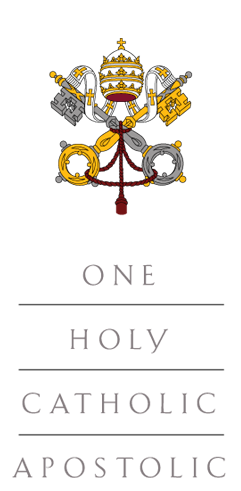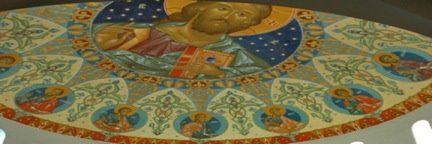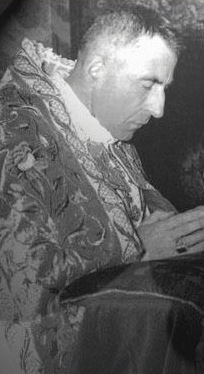CHRIST IS RISEN!
INDEED HE IS RISEN!
THE ALL-GLORIOUS FEAST OF
P A S K H A
THE PASSOVER OF THE LORD

The resurrection of Jesus Christ from the dead is the central and pivotal celebration of the Eastern Christian tradition. Twelve weeks of preparation precede it. This is made up of pre-lenten Sundays, Great Lent, and Holy Week. The faithful try to make this long journey with repentance, forgiveness, reconciliation, prayer, fasting, almsgiving, and study. When the feast finally arrives, it is celebrated with a collection of services combined as one.
Paskha is often called the Feast of Feasts.
Let His enemies be scattered,
Let those who hate Him flee from before His face!
As smoke vanishes, so let them vanish; as wax melts before the fire,
So the sinners will perish before the face of God;
but let the righteous be glad.
This is the day which the Lord has made,
let us rejoice and be glad in it!
Christ is risen from the dead,
trampling down death by death,
and on those in the grave bestowing life.
The doors are opened and the faithful re-enter. The church is brightly lit and adorned with flowers. It is the heavenly bride and the symbol of the empty tomb.
The icon of Christ raising Adam and Eve in Hades stands in the center of the church, where the grave just was. It shows Christ destroying the gates of hell and freeing Adam and Eve from the captivity of death.
We hear the constant proclamation of the celebrant: Christ is risen! The faithful continually respond: Indeed he is risen! and censing of the icons and the people.
Following the entrance into the church, the Paskhal canon ascribed to St. John of Damascus is chanted with the Paskhal troparion as the constantly recurring refrain. Matins ends with the stichera:
O day of resurrection! Let us beam with God's own pride! Let everyone embrace in joy! Let us warmly greet those we meet and treat them all like brothers, even those who hate us! Let all the earth resound with this song: Christ is risen from the dead, conquering death by death, and on those in the grave bestowing life!
Next, in some traditions, the Paskhal Hours are also sung. At the conclusion, the celebrant solemnly proclaims the famous Paskhal Sermon of St. John Chrysostom.(see above!) This sermon is an invitation to all of the faithful to forget their sins and to join fully in the feast of the resurrection of Christ.
Next, the Paskhal Divine Liturgy begins with the singing once more of the festal troparion with the verses of Psalm 67 (68). The antiphons of the liturgy are special psalm verses that praise and glorify the salvation of God. Again, the troparion is repeated over and over. And the baptismal verse from Galatians: As many as have been baptized into Christ have put on Christ (Galatians 3:27) replaces the Thrice-Holy Hymn.
The readings take the faithful back again to the beginning, and announces God's creation and re-creation of the world through the living Word of God, his Son Jesus Christ. The epistle reading is the first nine verses of the Book of Acts. The gospel reading is the first seventeen verses of the Gospel of John. It is customary on this day to read the Gospel in several languages.
The Liturgy of St John Chrysostom continues as usual. Holy communion has, again and again, the troparion of the Resurrection. It is sung while the faithful partake. To Orthodox Christians, receiving communion on Easter Sunday is very important. Many parishes take the Paskhal Sermon of St. John Chrysostom literally and commune all Orthodox Christians who are in attendance.
Day without evening
This new day is conveyed to the faithful in the length of the Paskhal services, in the repetition of the Paskhal order for all the services of Bright Week, and in the special Paskhal features retained in the services for the forty days until Ascension. Forty days are, as it were, treated as one day.







































No comments:
Post a Comment